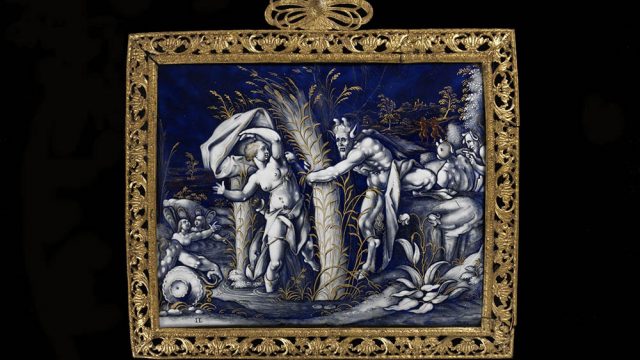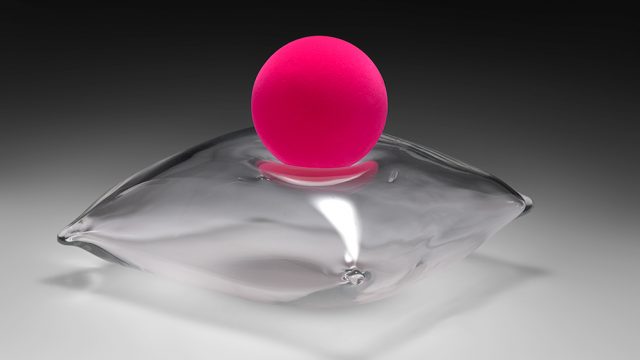Today I went to the Clothworker Centre in Blythe house to look for buckles!

A number of shoes included in the exhibition Shoes: Pleasure and Pain date from the 17th and 18th centuries. During this period buckles progressively substituted laces. Shoe buckles were worn by both men and women, and remained in fashion for most of the 18th century.
Here you can see an overview of the V&A’s extensive buckle collection. Unfortunately, not all the shoes in the museum have been preserved together with their buckles.
This is the case for this pair of very fine black satin red-heeled 18th century ladies shoes. These stylish shoes are decorated with details on the vamp consisting of red satin ‘petal’ embellished with silver thread embroidery, sequins and small glass paste ovals. They would have been fasten with very refined example of buckles.

In this picture, the shoes are fastened with conservation ribbons to keep the latchets in place.
For the purposes of the exhibition, we want to restore the shoes to their past splendour and we are therefore looking for a pair of suitable buckles that we could use.

Buckles are normally stored separately from shoes. They are kept in conservation boxes in drawers inside one of the rolling cupboards in the Clothworker centre.
By the mid-18th century, colour and sparkle were added to the buckles with gemstones or paste. Although buckles were functional items they could be richly decorated. Many buckles in paste or imitation stones have survived but it is rare for examples in precious stones to survive. Some of the more precious buckles made by jewellers are on display in V&A Jewellery gallery.
Here you can see a very precious example of rectangular buckles with brilliant-cut diamonds and sapphires, set in silver made in London about 1750.

Look out for 18th century shoes within the exhibition Shoes: Pleasure and Pain where you will see what buckle fit the shoes on display.



